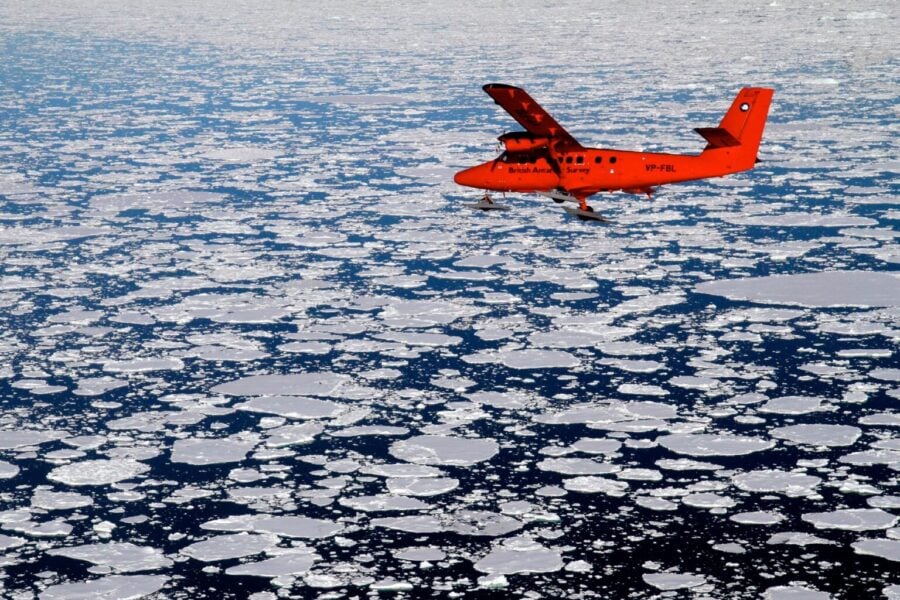Summary: Research from UIT The Arctic University of Norway reveals that melting Arctic sea ice could significantly disrupt ocean circulation patterns and affect temperatures in northern Europe, with implications for future climate scenarios as the Arctic heads toward ice-free summers by 2050.
Estimated reading time: 8 minutes
The delicate balance of Earth’s climate system faces a new threat from the rapidly melting Arctic. A groundbreaking study published in Nature Communications has identified concerning links between sea ice loss and changes in ocean circulation that could affect temperatures across the Northern Hemisphere.
Key Findings
“Our finding that enhanced melting of Arctic sea-ice likely resulted in significant cooling in northern Europe in the earth’s past is alarming,” says Mohamed Ezat from the iC3 Polar Research Hub, lead author of the new study. “This reminds us that the planet’s climate is a delicate balance, easily disrupted by changes in temperature and ice cover.”
The research focuses on the Nordic Seas, situated between Greenland and Norway, which play a crucial role in ocean heat transport and influence weather patterns far beyond their immediate vicinity. The study examined sediment cores from this region, which serve as time capsules preserving information about past ocean conditions.
Future Implications
The findings come at a critical time. Scientists project that ice-free summer conditions will occur in the Arctic Ocean from 2050 onwards. This aligns with recent warnings from climate scientists who, earlier this month, issued an open letter highlighting the “serious risk of a major ocean circulation change in the Atlantic [that] would have devastating and irreversible impacts.”
The research team utilized multiple analytical approaches to reconstruct past conditions, including:
- Analysis of biological markers
- Examination of inorganic and organic geochemical tracers
- Study of sediment cores from the Nordic Seas
Research Methodology
The study employed what Ezat describes as a “multi-proxy approach” to examine various aspects of past ocean conditions. By analyzing chemical signatures within sediment cores, the team reconstructed:
- Past sea surface temperatures
- Ancient salinity levels
- Sources of freshwater input
- Deep water formation processes
Knowledge Check
- Q: By what year is the Arctic Ocean expected to experience ice-free summers? A: 2050
- Q: Where are the Nordic Seas located? A: Between Greenland and Norway
- Q: What type of material did researchers analyze to study past ocean conditions? A: Sediment cores
Glossary of Terms
- Sediment cores: Natural archives of ocean history preserved in seafloor deposits
- Multi-proxy approach: Using multiple different types of evidence to reconstruct past conditions
- Geochemical tracers: Chemical signatures that provide information about past environmental conditions
- Ocean circulation: The system of currents that move water through the world’s oceans
- Salinity: The concentration of salt in seawater
Enjoy this story? Get our newsletter! https://scienceblog.substack.com/
If our reporting has informed or inspired you, please consider making a donation. Every contribution, no matter the size, empowers us to continue delivering accurate, engaging, and trustworthy science and medical news. Independent journalism requires time, effort, and resources—your support ensures we can keep uncovering the stories that matter most to you.
Join us in making knowledge accessible and impactful. Thank you for standing with us!

